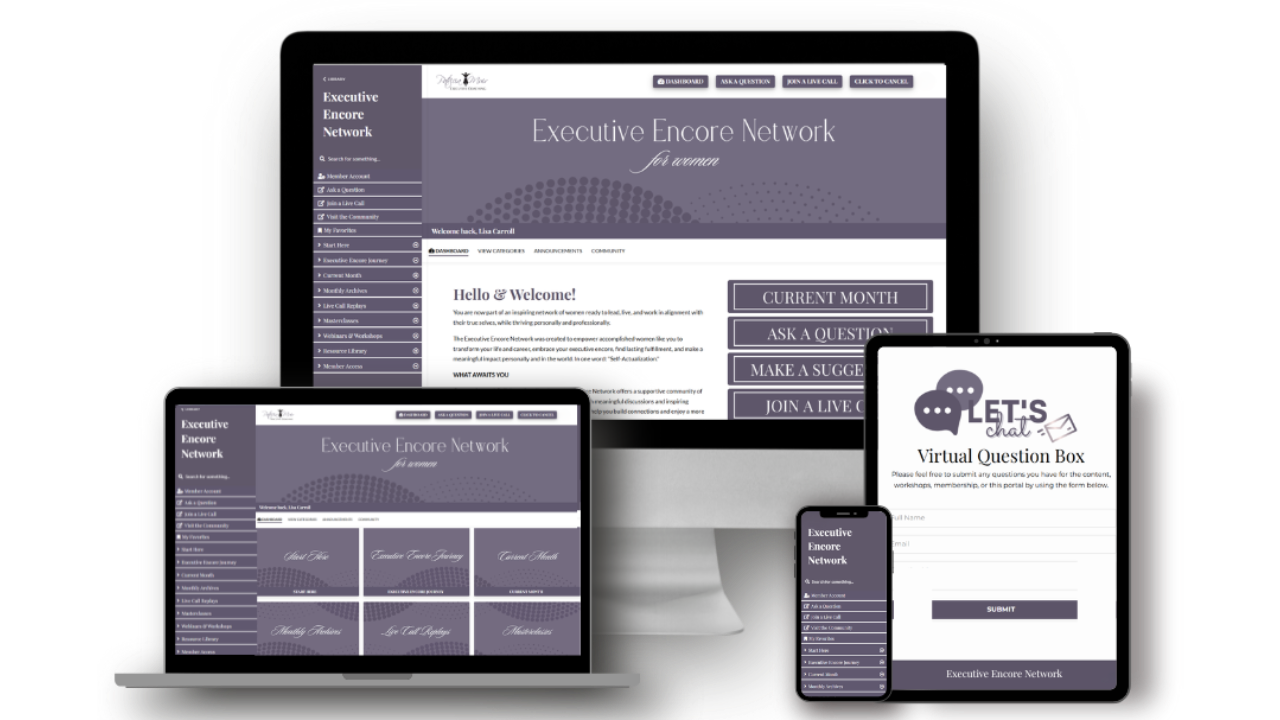
First you lose, then you win. That's the nature of change
Dec 16, 2020When major changes are announced, leaders tend to emphasize all the benefits that will follow with the successful new strategies. Fanfare and PowerPoint presentations are theatrical and entertaining. However, we tend to ignore, discount, or deny the reality of loss that the changes will bring. Change means loss. First, you lose, hopefully, you accept, and then and only then can you decide to change. We need to process the loss and allow others to do the same before we can change our behaviours in the desired direction.
Here are some common reactions that I have witnessed in my work with clients and their employees.
Anger: This may be evident as grumbling, foot-dragging, mistakes, and even sabotage. I have witnessed many incidents of sabotage while "helping" employers and employees implement new systems. Anger was being misdirected to me (the consultant) and to the support staff who were hired to take the load and the stress off other employees. I encourage leaders to listen and observe to distinguish between acceptable feelings and unacceptable acting-out behaviours.
Bargaining: During change, there may be many creative manipulations such as unrealistic attempts to get out of participating in the change by trying to strike a deal. I caution leaders to be aware, distinguish passive avoidance techniques from real problem solving, and not be swayed by desperate arguments and impossible promises.
Anxiety: Fearing the unknown future may also lead to creative catastrophic fantasies. Such feelings may be silent or expressed. Again, acknowledge and accept these emotions as natural. Ignoring their feelings or making people feel stupid for experiencing anxiety is both unhealthy for employees and a contributor to resistance. Communicate new information as it becomes available. Commiserate with employees when there is nothing new to report. Be honest.
Sadness: This is the heart of the grieving process. Sadness is experienced as everything from silence to tears. Sadness is often behind feelings of anger and frustration. Encourage people to express what they are feeling AND share your feelings too. Even when there is high trust in a leader, trying to reassure people with unrealistic suggestions of hope and faith may fall flat. Empathize and sympathize as long as your message is genuine. This is not the time to have rah-rah meetings or use platitudes such as "You will get through it.".
Disorientation: I can share from personal experience that even highly organized people can experience forgetfulness, confusion, and clumsiness during this period. And, we feel so bad! So vulnerable! These feelings are so uncomfortable that we will do strange things to avoid feelings of self-doubt and incompetence. Supporting all your employees is important during change. However, give your high-achievers the extra support and attention they may need.
Depression: Change can definitely bring on feelings of hopelessness and exhaustion. Depression can creep through the workplace and is hard to be around. Ignoring, discounting, or being in denial of depression in the workplace will not get the work done. You can help by proactively being alert to the signs of stress and restoring people’s sense of having some control over their situations. Effective check-ins done on a consistent basis will make a difference. Show that you care about people and their experiences.
If you suppress the feelings and push people to "get over it", your employees will not enter into or embrace new changes with any sense of commitment or enthusiasm. If you want to engage people to support an initiative with their hearts and minds, you must recognize their feelings, and recognize and acknowledge their losses before moving into new beginnings.
Bringing dynamic change to your organization - with a bit of help
What changes are being initiated in your organization? What expert resources do you require? How will you lead in this new paradigm?
Dynamic change in business is not a DIY project. We would love to start the conversation about how we can help you bring dynamic change to your organization more efficiently, effectively, and with less stress for everyone. We can help you implement changes that contribute to a better workplace, good profits, and true growth.......even when change is driven by compliance and legislation.
We can help you to be effective by recognizing and utilizing your competencies while adapting behaviour in situations that require a different approach. Our key tools and resources for leading dynamic change include Emotional Intelligence, TRACTION (EOS Model), Net Promoter System, and the Emerson Suite.
Contact Patricia Muir at [email protected], at 416-804-4383, on LinkedIn, Maestro’s Facebook, Twitter.
Next Steps
You don’t need to navigate your Executive Encore alone. Discover a better way to take charge of your experience.
- Schedule a 30-Minute Complimentary Executive Encore Call.
Ready to elevate your encore chapter?
- Join the Executive Encore Network for Women, a membership and community of supportive women ready to inspire and uplift. Subscribe to the Sunday Encore to begin your Executive Encore Journey and register for the next Tour to learn more.


